Langreview Kurzkritik English Version Fakten + Credits
Once upon a time, Filmstarts.de had the following to say: „Films with donkeys are usually very good“. This was referring to the German art disaster ICH WAR ZUHAUSE, ABER…, which pushed the limits of tolerability and was met with extremely mixed opinions. The film won an award at the Berlinale, proving once again that in the German film landscape it doesn’t count to produce high-quality works, but that it is only important to stand out and look like you have a meaningful story to tell, even if the whole work is in a vacuum of meaning. Now another flick is attracting attention, one that features a donkey on the poster and has many nominations and awards at other festivals besides Cannes and in the European Film Awards. Concerns are high that this is a Polish equivalent.
This is the point
From EO’s perspective, the world seems quite different. This may be because EO is a donkey travelling through Poland with a circus. But Europe is changing and in Poland, too, people are taking to the streets to demonstrate for animal welfare. So the decision is made that animals have no place in the circus. When EO has to leave the circus, an exciting journey begins for the calm and composed animal through a rapidly developing civilisation. Along the way, he encounters a wide variety of people and animals, observes social conflicts, experiences joy and sorrow, and learns what it’s like to fight a never-ending battle against the present.
Review
After GUNDA and COW, with EO we get the conclusion of an apparent film trilogy that was not knowingly produced as such and in which the films have only one point of intersection in common in terms of content: They show us the world from an animal perspective and give us a new perspective on the present. In all three works, animals are at the centre of the action, which means that the usual film mechanisms have to be thrown overboard. This is clearly noticeable both narratively and in the technical realisation. In fact, however, EO is a reinterpretation of BALTHASAR.
Instead of a cast, all we get are some barely notable supporting characters who appear immediately and disappear just as quickly. No one really matters. Only Isabelle Huppert makes a somewhat larger appearance towards the end, but it is completely superfluous and downright counterproductive. It seems as if they really wanted to put such a big name on the poster to lure people to the cinema – but this also means that Huppert cannot be fobbed off with a small guest appearance. So EO has to settle for a completely superfluous ending that clearly stands out from the rest of the plot.
Mirror of a society
Cobbled together, we are shown individual, often not directly connected scenes in which the donkey EO encounters a wide variety of subjects and mostly looks at them as a bystander. Since the editing is very jumpy, it is not always easy to understand how a situation arose or how it came about that EO is once again in the possession of another person. Nevertheless, director Jerzy Skolimowski gives us an incredibly close view of the events by ensuring that cameraman Michal Dymek is always close to the donkey and often takes his point of view directly. The audience can expect bizarre perspectives and tracking shots that move in every conceivable direction, vary in height and work with many visual effects. A small epilepsy warning should be given, especially for the beginning of the film. The 4:3 format allows us to enjoy the large and impressive images even better.
We see a silent film that is brought to life by a varied musical accompaniment and develops an impressive atmosphere. Only individual snatches of dialogue, sometimes even babbled unintelligibly or taking place in the background, break the pleasurable silence or lead into the next stirring or harmonious melody. Skolimowski manages to combine several genres in this work and to keep the audience spellbound for the entire duration of the play by means of a rousing dramaturgy. Above all, it is striking that he builds up a certain tension that not only ensures that EO’s silence mutates into a loud cry for help, but is also responsible for the fact that we are not watching a documentary here, but a feature film that works with both metaphors and social criticism and deals with topics such as the Polish hooligan scene, animal cruelty and factory farming.
It’s the content that counts
As wonderfully surprising as this little film is, it’s a shame that some inaccuracies keep mingling with the great images. Be it frighteningly badly animated bats darting through the scenery, clearly recognisable cast changes of the donkey or over-staged sequences like a football match in which the players move quite unnaturally. The sound effects have also been somewhat overambitious in their approach, and every now and then the sounds have not been matched to the picture or have made use of a sound database that did not correspond to the visual events. However, these are only minor things that only slightly detract from the enjoyment of the work and, above all, do not dilute its significance.
 Conclusion
Conclusion
So now I, too, have finally found a film to which the conclusion of Filmstarts.de applies and which gave me an entertaining yet memorable and intense time. EO grows on you with all its casualness in such a way that it is easy to put yourself in the animal’s shoes and experience the various experiences from a new perspective. Pictures say so much more than words ever could, which this work impressively proves. A visit to the cinema is advisable for all those who need some deceleration from everyday life and at the same time want to see more than unimaginative mainstream cinema.
How did you like the movie?


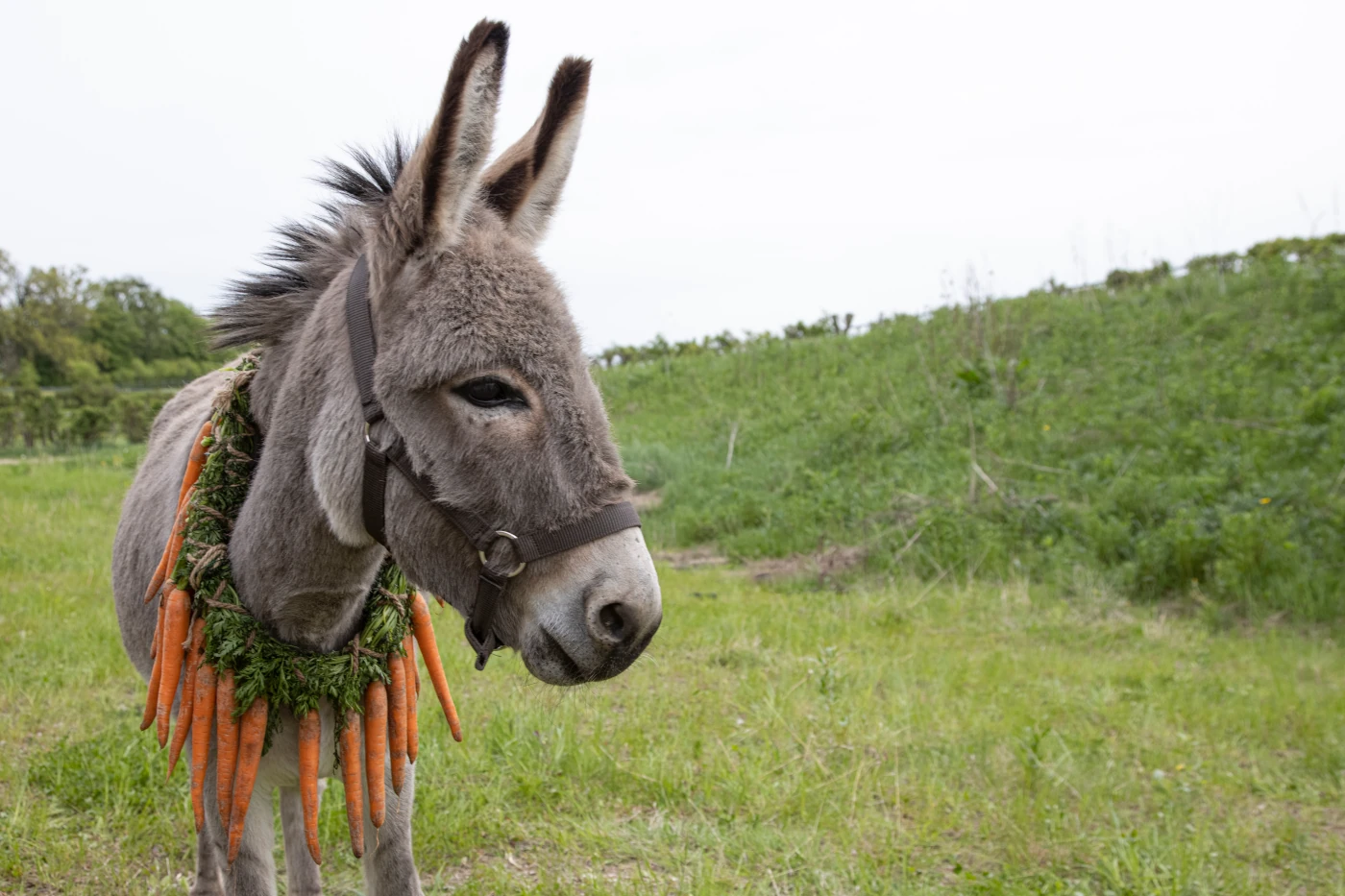

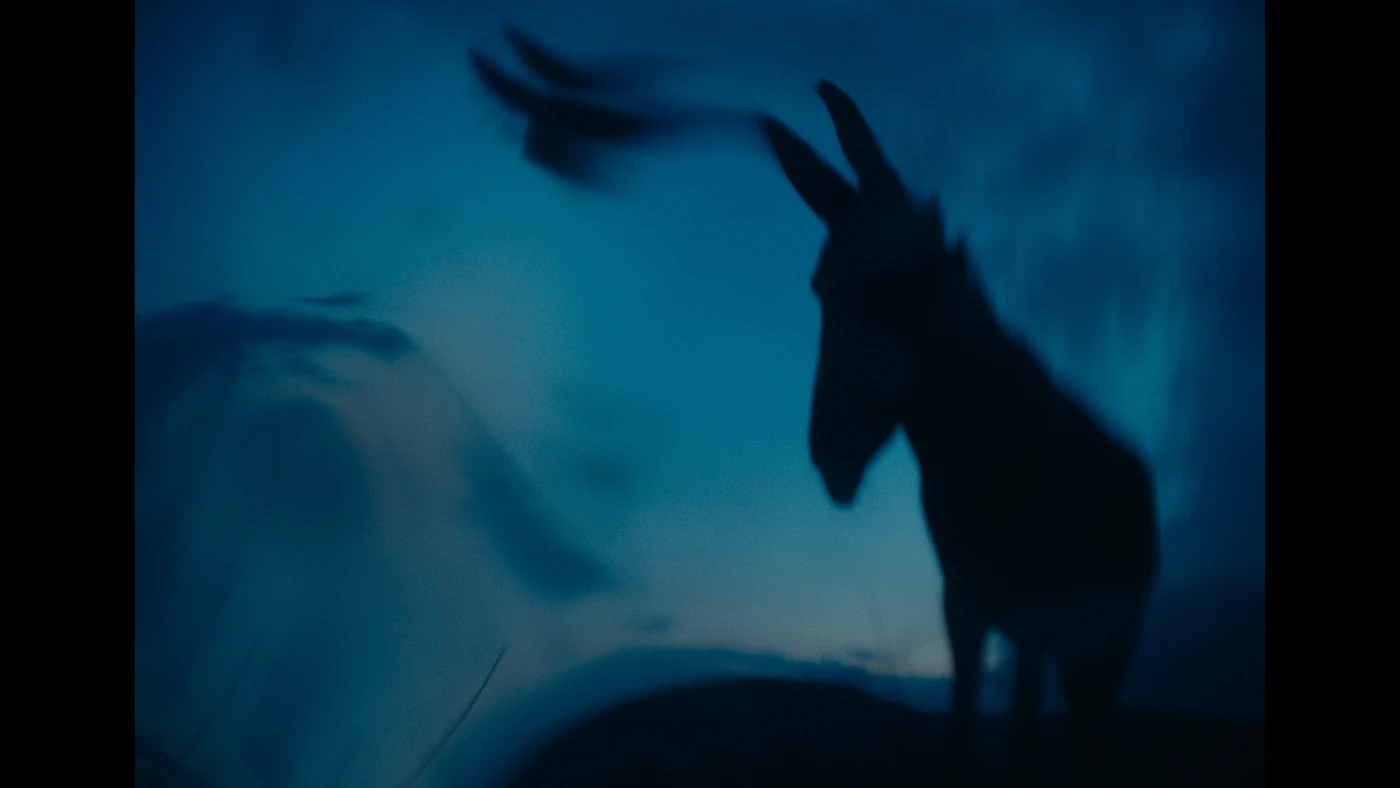

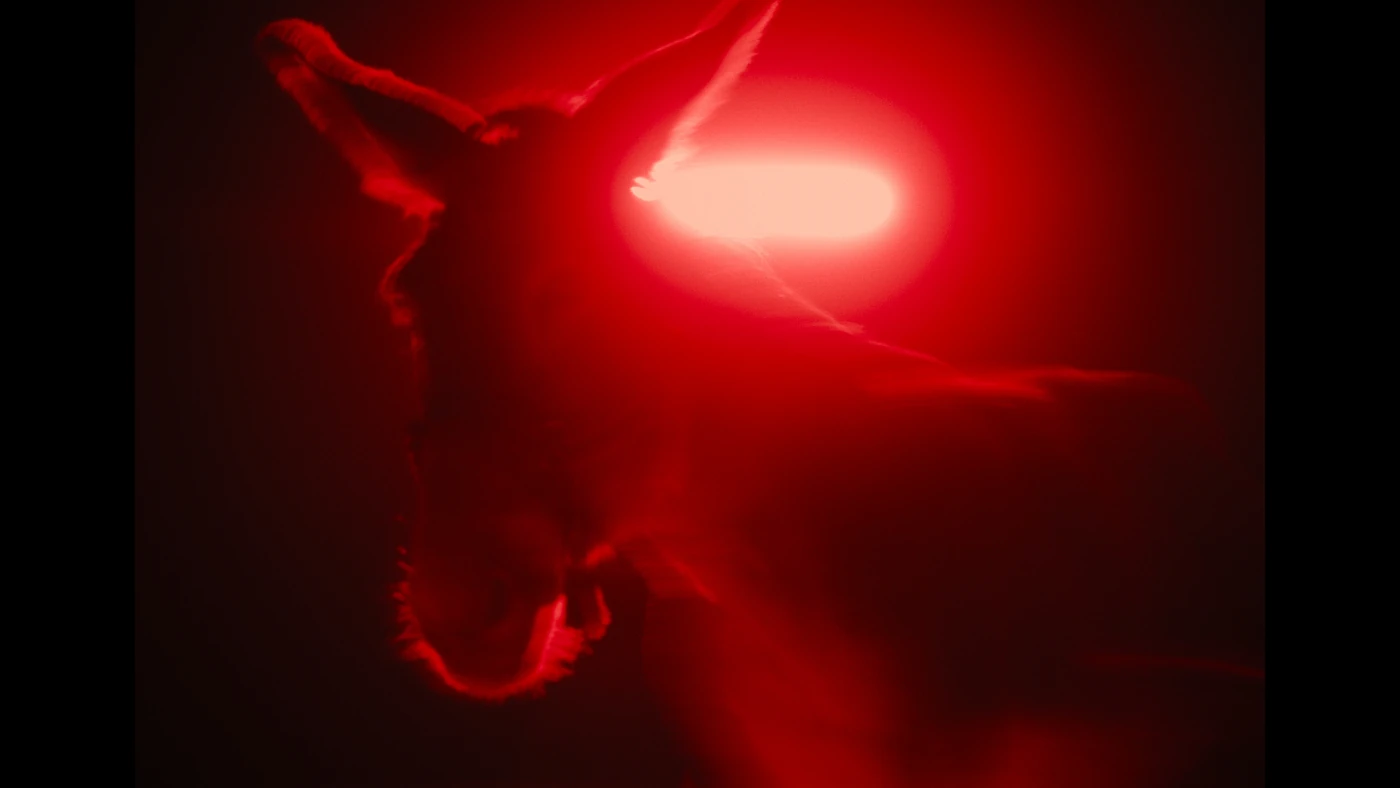





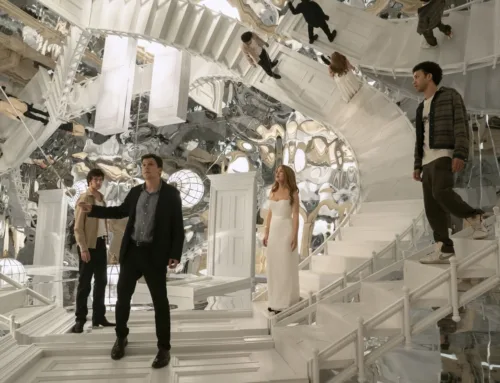
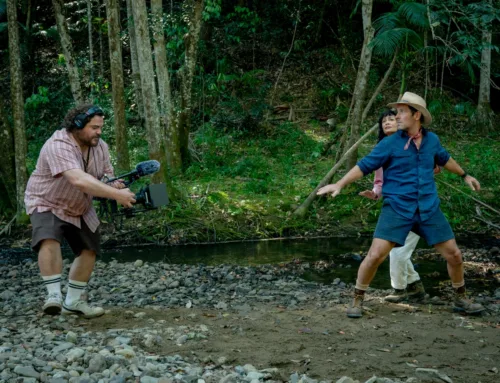
Hinterlasse einen Kommentar